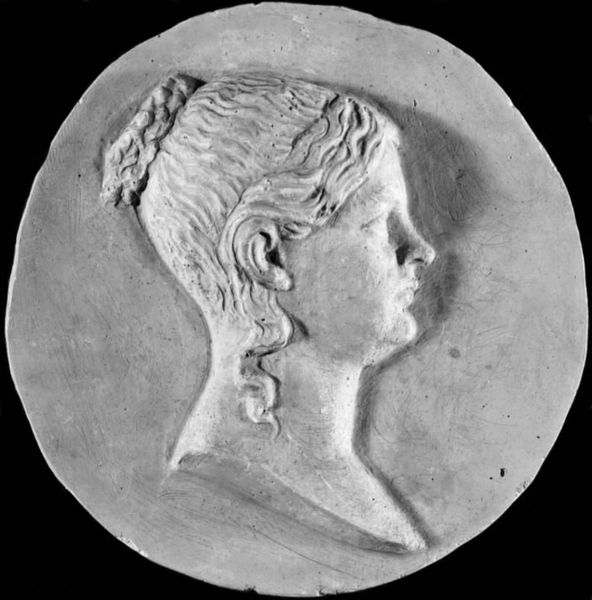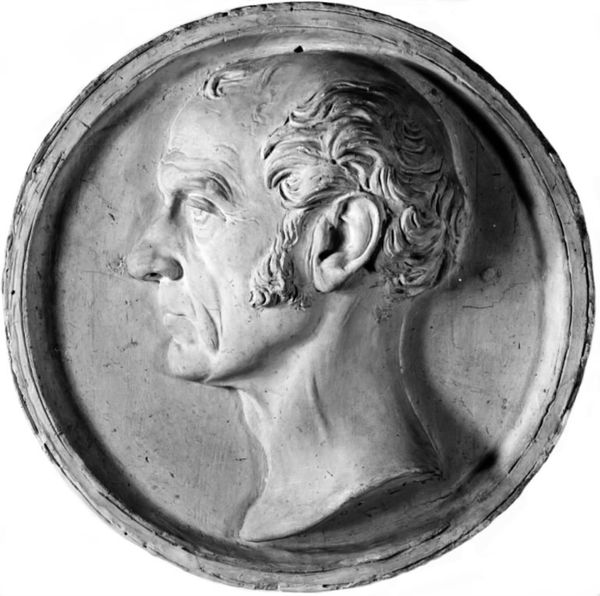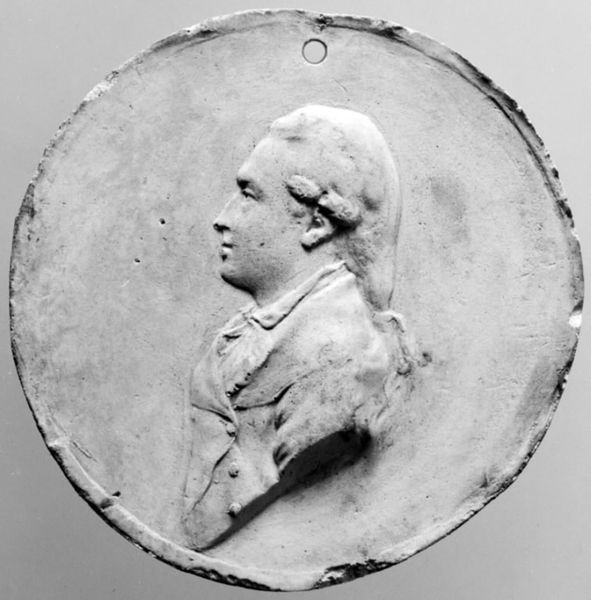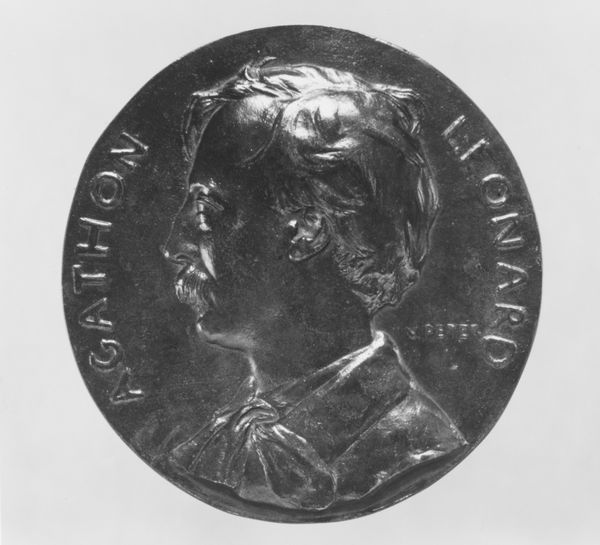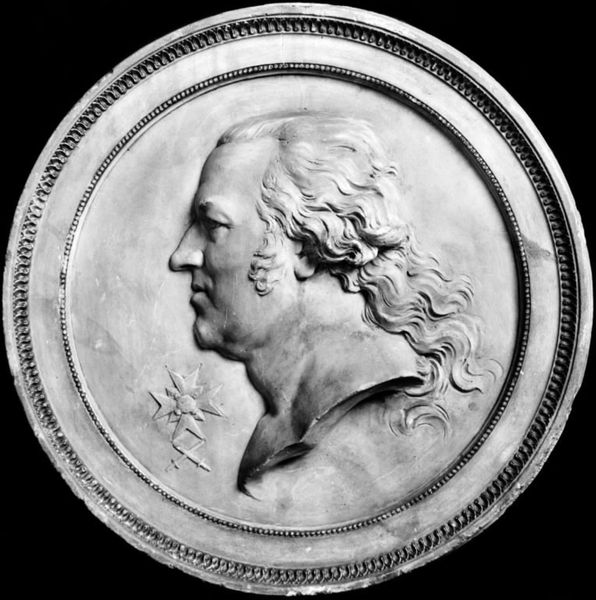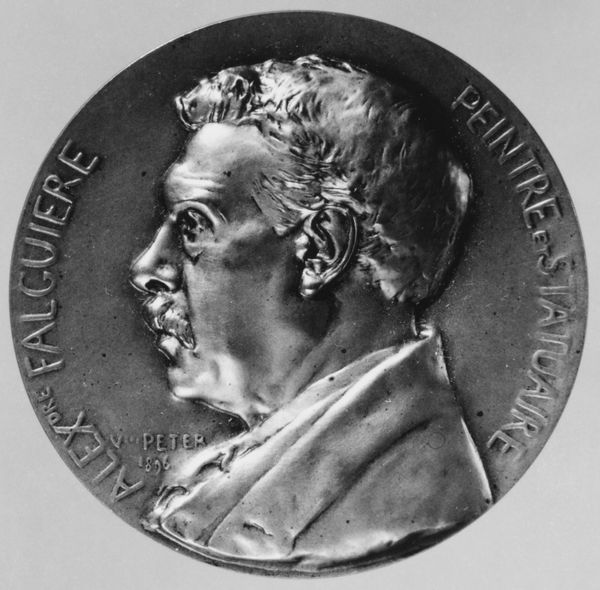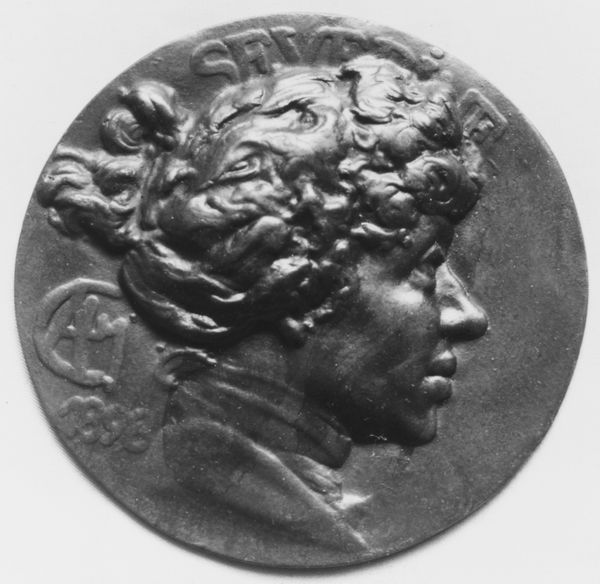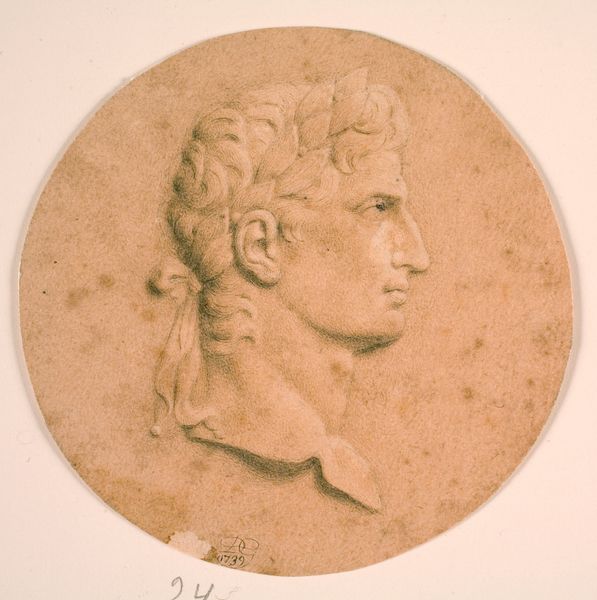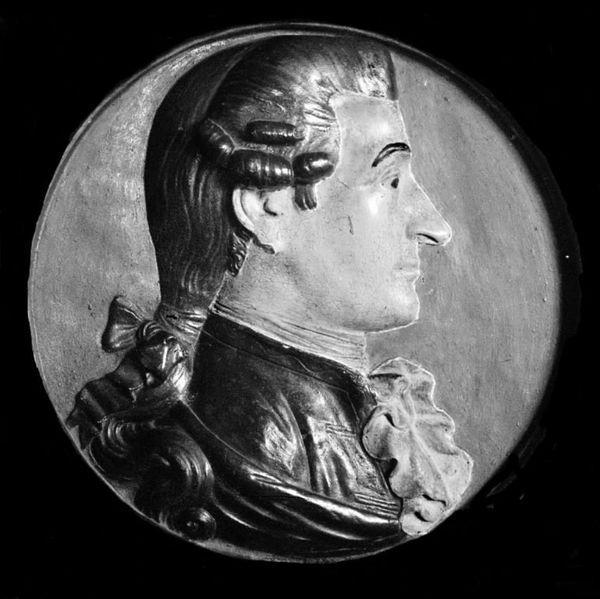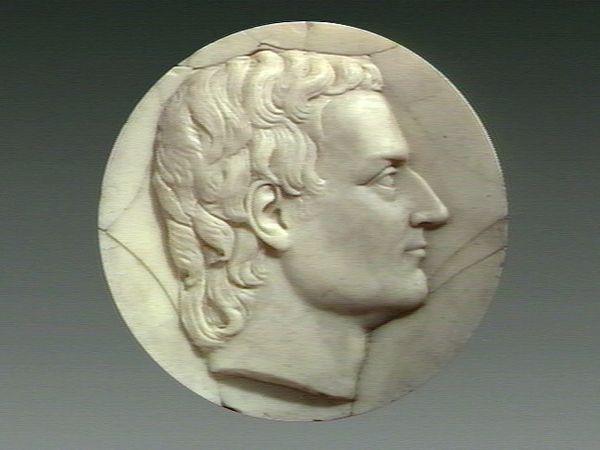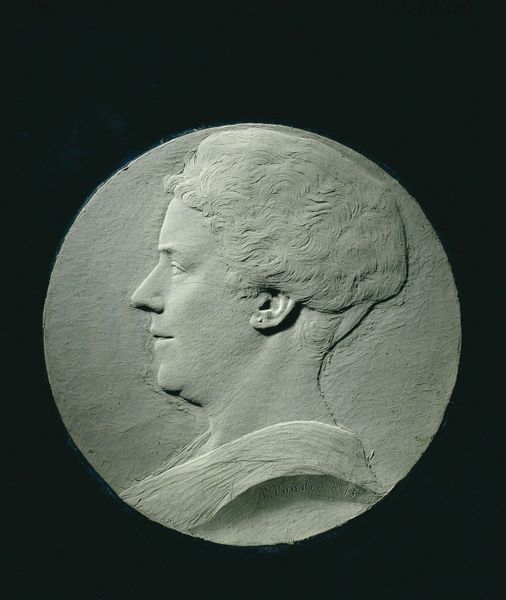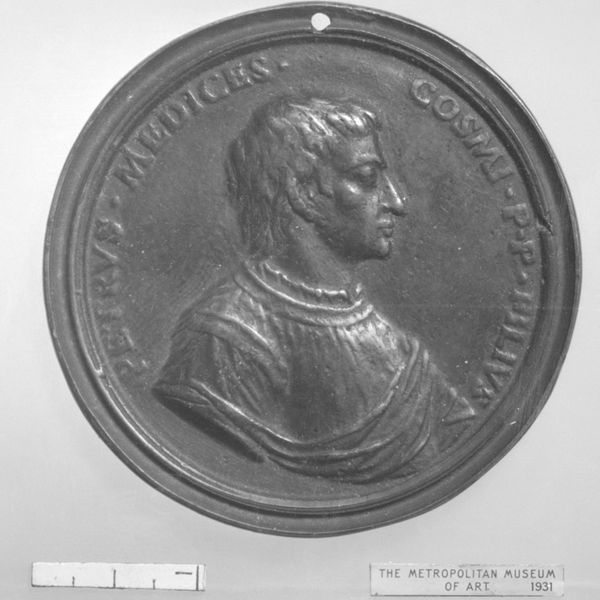
Møntmester Johan Frederik Freund, kunstnerens broder 1817
0:00
0:00
relief, sculpture, marble
#
portrait
#
neoclassicism
#
sculpture
#
relief
#
sculpture
#
black and white
#
marble
Dimensions: 16 cm (None) (None)
Editor: This marble relief from 1817 is by Hermann Ernst Freund, and it's titled "Møntmester Johan Frederik Freund, kunstnerens broder"—which I believe translates to "The artist's brother." I'm struck by the stark simplicity and cool detachment, even a certain austerity to the neoclassical style. What kind of visual memory is being invoked here? Curator: It’s interesting that you mention visual memory. Reliefs like this were often designed to evoke Roman imperial portraiture and, thus, ideas of power, civic virtue, and dynastic continuity. What feelings does the depiction of a sibling in this visual language stir in you? Editor: It makes me think about the artist's intention—was it just a family memento, or something more ambitious? Did the style itself imply certain virtues attributed to the sitter? Curator: Precisely. The very act of immortalizing Johan Frederik in marble elevates him. Notice the idealized profile. Freund, the artist, doesn't just create a likeness, but almost crafts an idea, a cultural ideal reflected through the lens of family. Consider how Roman emperors used coinage, for example, to disseminate their image and associated ideologies. Is there any echo of this, do you think? Editor: I see what you mean. By choosing this classical medium, Freund almost 'coins' his brother’s image, turning him into a kind of lasting emblem. Like a family crest but softer, more humane. Curator: Exactly! It prompts a reconsideration of what ‘portraiture’ means in different eras. The symbols we choose embed so much meaning. Editor: I hadn't considered that. It’s a relief, literally and figuratively, in more ways than one.
Comments
No comments
Be the first to comment and join the conversation on the ultimate creative platform.
